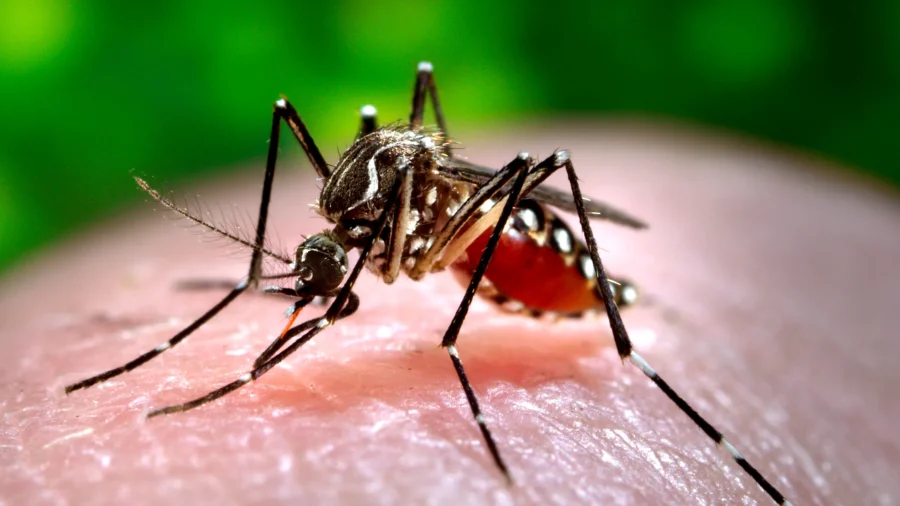Urgent Response to China Chikungunya Outbreak in Guangdong Province
The China chikungunya outbreak has intensified, with over 7,000 cases reported across Guangdong province. This rare and widespread mosquito-borne illness has prompted authorities to launch aggressive containment efforts, reminiscent of past pandemic controls, to curb the spread and calm public anxiety.
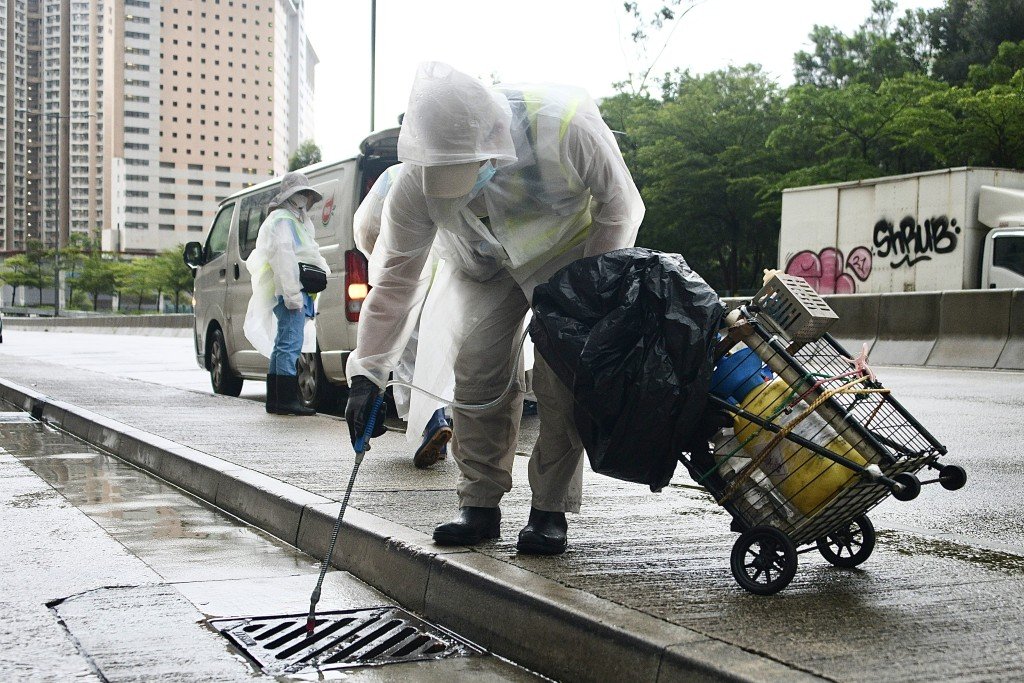
Foshan city, the epicenter of the outbreak, has enforced strict hospital stays for infected patients. Individuals must remain under care for at least a week or until they test negative, with beds enclosed in mosquito nets to prevent further transmission.
How the Chikungunya Virus Is Spreading in Southern China
Besides Foshan, at least a dozen cities in Guangdong have reported chikungunya infections. Over 2,900 new cases were recorded in just the past week.
Hong Kong health officials confirmed their first case—a 12-year-old boy who developed symptoms after traveling to Foshan in July. While the virus is not contagious through human-to-human contact, it spreads when infected individuals are bitten by mosquitoes that subsequently infect others.
Officials say 95% of cases have been mild, with most patients recovering in under seven days. Nonetheless, concerns are rising among the public due to the virus’s unfamiliarity and reports of long-lasting joint pain.
Public Anxiety and Online Reactions to the Chikungunya Outbreak
Chinese social media platforms have seen a wave of user reactions to the outbreak. On Weibo, several individuals expressed concern over the potential for lingering symptoms, particularly the long-term joint pain some patients experience. China chikungunya outbreak.
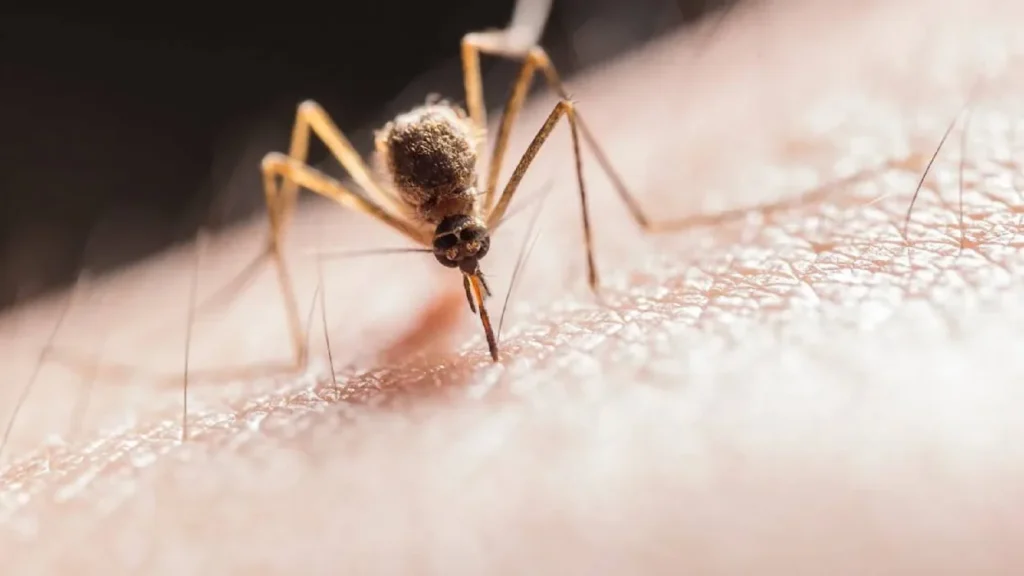
“This is scary. The prolonged consequences sound very painful,” one user commented. Others questioned the necessity of such strict control measures, given the virus’s non-contagious nature.
Control Measures in China Chikungunya Outbreak Resemble Past Pandemic Responses
With China reporting thousands of chikungunya virus cases, authorities are ramping up anti-mosquito efforts. Residents are being instructed to eliminate all sources of stagnant water in and around their homes, including unused containers, flowerpots, and appliances.
Violators may face fines of up to 10,000 yuan (around $1,400). Drones are being deployed to detect water accumulation in hard-to-reach areas, while thousands of mosquito-eating fish and “elephant mosquitoes” are being released into lakes and ponds to target virus-carrying insects.
Some cities initially mandated a 14-day home quarantine for travelers from Foshan, but this policy was later reversed following public backlash.
Understanding the China Chikungunya Outbreak and the Virus Behind It
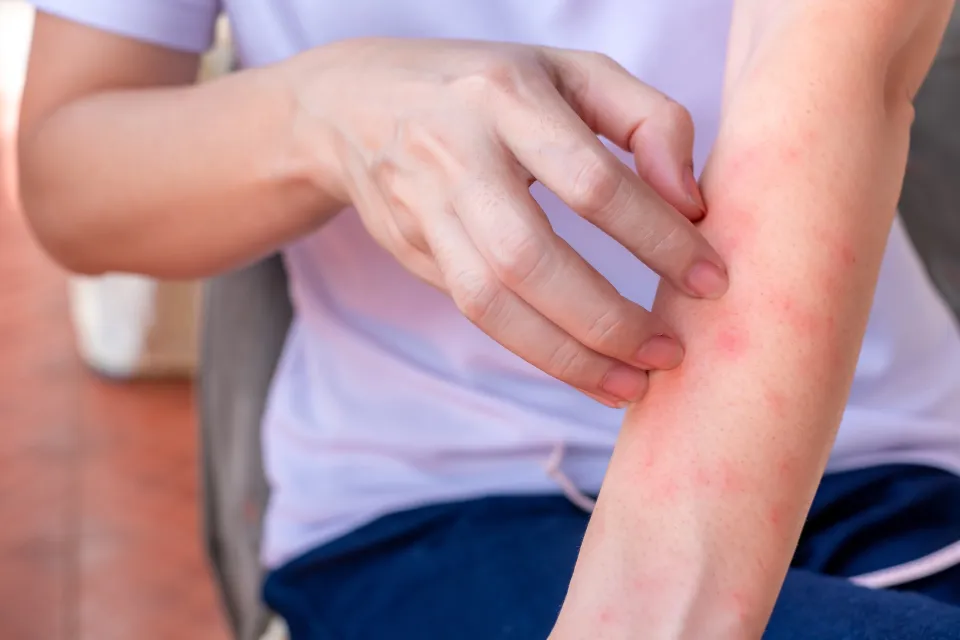
Chikungunya is transmitted through the bite of infected mosquitoes, primarily the Aedes species. Symptoms typically appear three to seven days after infection and include:
- Sudden high fever
- Severe joint and muscle pain
- Rash
- Headaches
- Swollen joints
Although many recover within a week, joint pain can persist for months or even years in severe cases. Vulnerable groups such as newborns, the elderly, and individuals with chronic health conditions are at greater risk of complications.
There is no specific treatment or vaccine for the virus, but fatalities are rare. Pain relief and supportive care remain the primary treatment methods.
Global Context and WHO Recommendations
Chikungunya is more commonly reported in parts of South Asia, Southeast Asia, and Africa, but this outbreak has highlighted its potential to spread rapidly in densely populated urban areas.
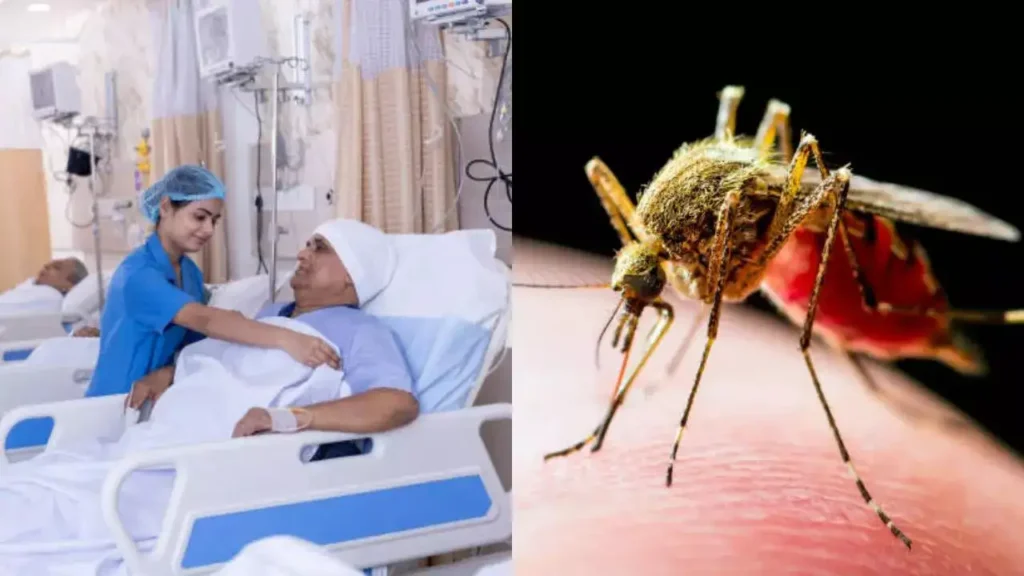
Since its discovery in Tanzania in 1952, the virus has reached over 110 countries. The World Health Organization emphasizes mosquito control as the most effective method of prevention, urging global vigilance as travel and climate conditions change.
Travel Advisories and International Concerns
Following the outbreak, the United States has advised travelers to China to exercise increased caution, particularly in Guangdong province. Tourists and residents alike are being urged to take precautions such as using insect repellent, sleeping under mosquito nets, and wearing long clothing to avoid bites. “China chikungunya outbreak”.
With China reporting over 7,000 cases of chikungunya virus, the international community is closely monitoring the situation to prevent further spread across borders.
Conclusion
As China reports 7,000 cases of chikungunya virus, the government’s aggressive response echoes lessons learned during the COVID-19 pandemic. While most cases remain mild, the focus now is on containing the outbreak, educating the public, and strengthening mosquito control infrastructure. Continued public cooperation and preventive action remain critical to curbing the spread. “China chikungunya outbreak”.
